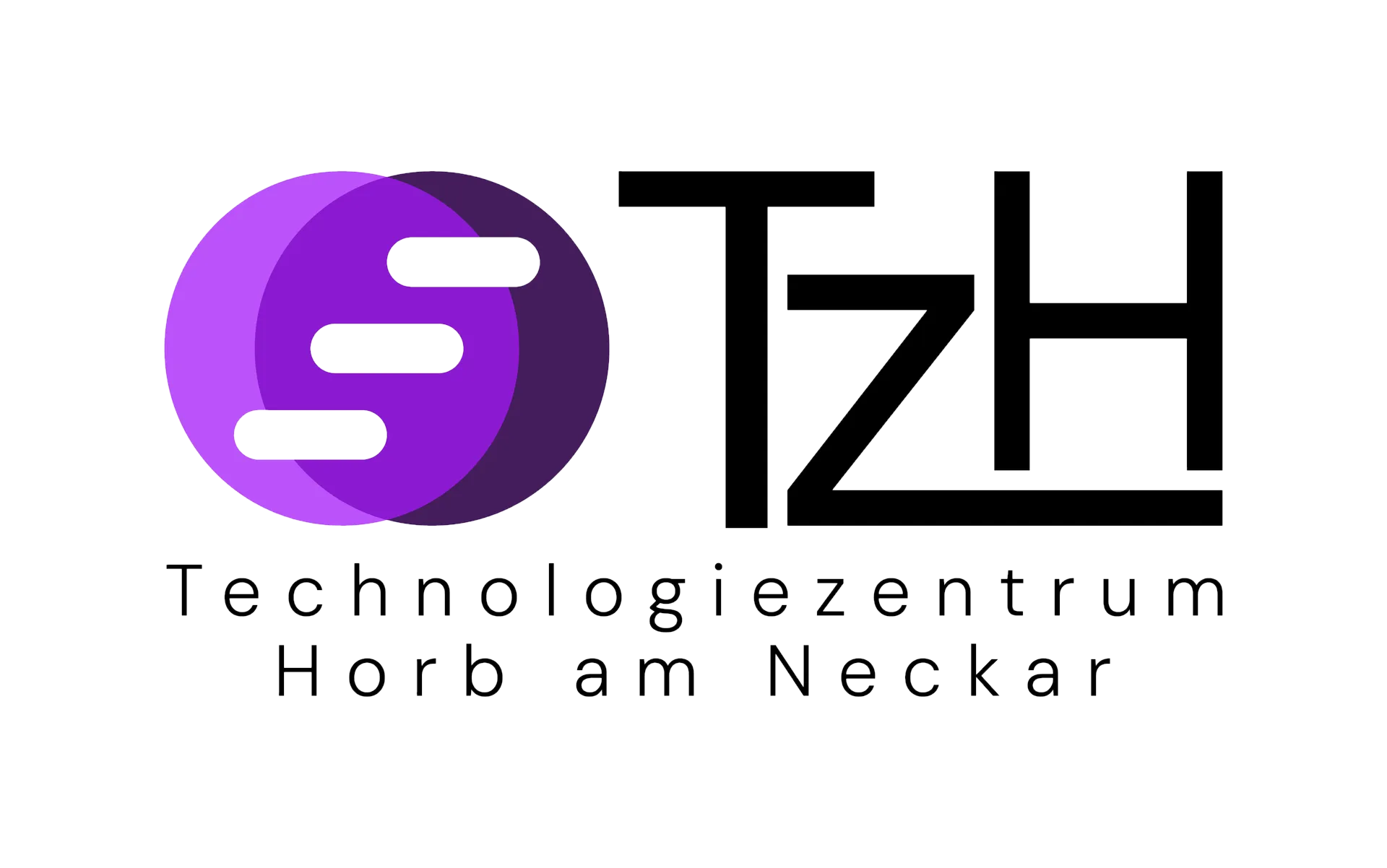
Maturity Assessment
Maturity Assessment is a method to evaluate how advanced a company is in a specific area (sustainability, circular economy, C2C).

What is a Maturity Assessment tool?
A Maturity Assessment Tool is a method used to evaluate how advanced a company is in a specific area, such as sustainability, circular economy, or Cradle to Cradle practices. It measures progress, identifies readiness for further steps, and offers a structured way to reflect on internal processes, strategies, and capabilities. These tools help companies understand how well circular principles are already integrated and where there’s still room for improvement.
The Purpose of these tools:
The main function of these tools is to clarify the current situation and provide a roadmap for development. Companies are supported in:
Evaluating the current state: Identifying current performance levels as well as strengths and weaknesses in existing practices.
Benchmarking: Comparing the company’s maturity to industry standards, best practices, or competitors.
Strategic Planing: Supporting decision-making by highlighting priorities for improvement, guiding investments, and setting realistic goals.
Continuous Improvement: Tracking progress over time, encouraging a mindset of ongoing learning, innovation, and development.
Key tools for Circular Economy & Cradle to Cradle:
These tools are tailored to different maturity models. Each serves a specific purpose and fits different stages of a company’s sustainability journey.
Circular Economy-Focused Tools:
Circular Transition Indicators (CTI)
Developed by the World’s Business Council for Sustainable Developments. It helps companies measure how circular their material flows are. It focuses on metrics such as recycling rates, material reuse, and waste reduction.
→ mainly for companies that want to track and improve their circular performance with standardized data.
Circular Transition Indicators (CTI)
Maturity and Implementation Model (MIM)
Developed by the Ellen MacArthur Foundation. This tool offers a staged roadmap that shows where the company stands in its circular journey.
→ mostly useful for starting companies that want a clear progression path.
Maturity and Implementation Model (MIM)
Circular Economy Assessment Tool (CEAT)
Created by the European Commission, the tool evaluates areas like circular supply chains and lifecycle strategies, giving a comprehensive view of where improvements are needed.
→ ideal for companies that are looking for a broad diagnostic approach across departments. Circular Economy Assessment Tool (CEAT)
• Cradle to Cradle-Focused Tools:
Cradle to Cradle Certified™ Product Standard
Administered by The Cradle to Cradle Products Innovation Institute. It is a certification system for products designed for circular economy, evaluating products across five categories: Material Health, Reutilization, Renewable Energy, Water Stewardship, and Social Fairness.
→ useful for product developers aiming for environmental and social excellence.
Cradle to Cradle Certified™ Product Standard
C2C Framework & Maturity Model
This framework was developed by the founders of the C2C concept, helping companies access how well their processes and materials align with C2C principles such as non-toxicity and continuous material cycles.
→ ideal for companies that seek deep transformation of their material choices and product design.
C2C Framework & Maturity Model
Cradle to Cradle Evaluation Matrix
Designed by Circular IQ, the tool was specifically designed to assess and compare how closely products and practices follow C2C principles. It provides strategic guidance and helps to identify improvement areas.
→ Good for benchmarking and setting targeted actions for improvement.
Maturity Assessment - Quick guide

